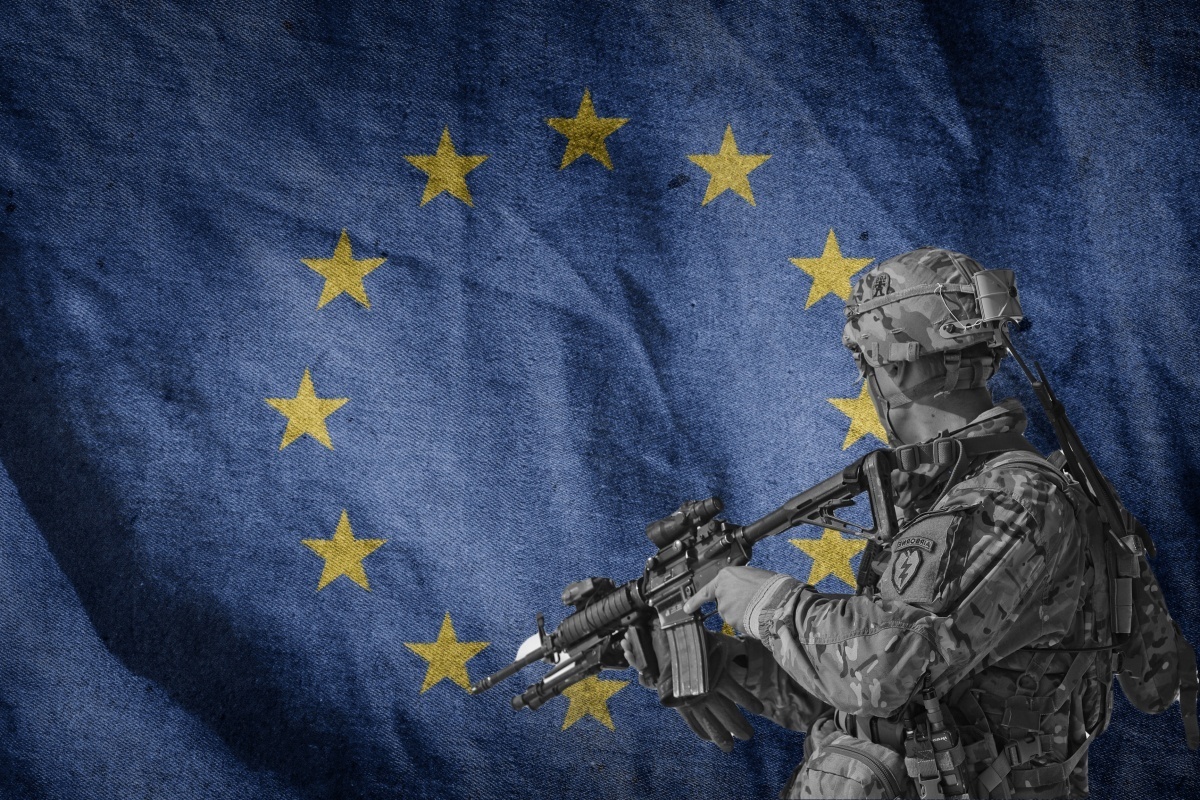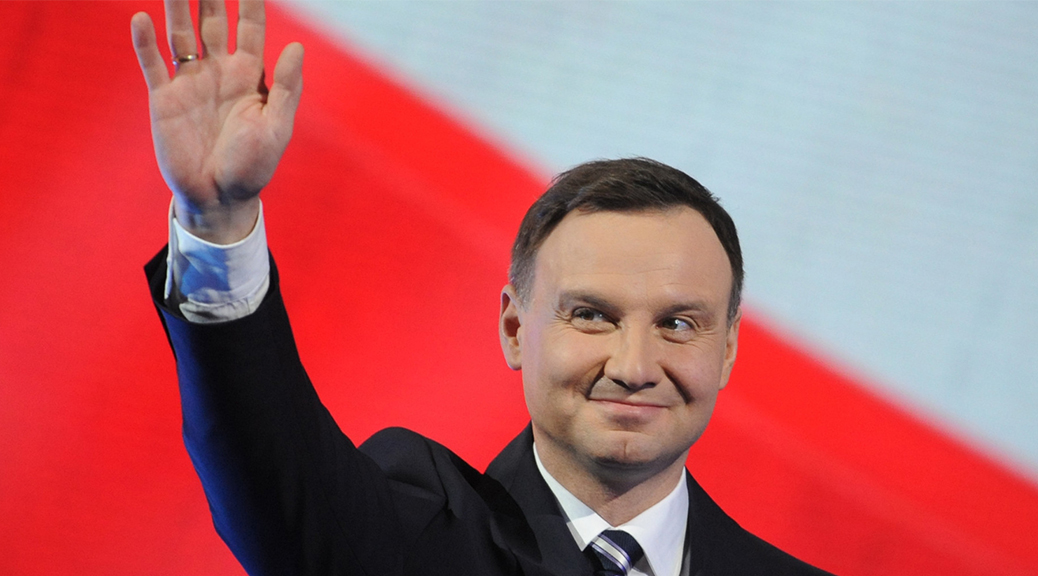
[authorbox authorid=”56″ ]
[dropcap size=small]There have been varying reactions to the ‘Permanent Structured Cooperation’ or ‘PESCO’; from Frederica Mogherini (the EU’s foreign and defence policy chief) hailing it as ‘historic’, to Nick Whitney describing it as a ‘Damp Squib’, and Czech military analyst, Martin Koller, stating that a ‘European Army has no future’ in a Highly critical article for Sputnik.
In order to understand why these figures hold such varied views, we need to look at what the PESCO agreement actually is: what are its goals and where does it fit into the general scheme of further European integration?
PESCO was originally outlined within the Lisbon Treaty, in Articles 42 (6), where it is stated that member states who “fulfil higher criteria, and have made binding commitments to one another…shall establish permanent structured cooperation within the Union Framework” and in Article 46, which describes the procedures for participation in “structured cooperation” referred to within Article 42 (6).
Officially, it does not specify whether PESCO entails full military cooperation via an expansion of the EU Battlegroups, a replacement of national forces, or financial and intellectual cooperation. Every nation and indeed, most academics and diplomats, have their own individual ideas of what PESCO could, and should, be.
Some, like the French, believe it should be part of a great push towards integration: a powerful military intervention force. Germany, after more than half a century of distancing themselves from a sobering military history, are hesitant to put themselves forwards as a military power and would prefer to spend on social programmes. Having reached a 7-year low point in military funding in 2014, they have spent the last two years increasing funding and may have found an increasing appetite for a stronger German and European military force, especially in light of Donald Trump’s demands of his NATO allies.
The German government, as well as the Czech Republic and Romania, took some preliminary steps towards a unified military force, with the announcement of the integration of one brigade from both the Czech and Romanian military forces being integrated within Germany divisions. This follows on from the integration of two Dutch brigades into the Germany military structure, and has been accused by some to be an attempt at circumventing opposition to an EU Army, as opposed to the reality of it being a way of boosting their military capabilities in the short term.
The British, despite the issues of Brexit and their historic dislike for a European Army, are also engaging in the discussions surrounding this topic, investigating some form of participation in PESCO. After all, they are still seeking the security of military alliances with their long-term European allies, which will be even more important in the face of uncertain cooperation with the United States, as well as increasing encounters with Russian military excursions.
On the other side of Europe, Poland and Latvia have been critical of the prospect of a European army in the past, notably in 2015; their protests focused on the difficulties of financing this army, how the combat units would operate, and where the responsibilities for training and maintaining their combat readiness would lie.
Andrzej Talaga of the Warsaw Enterprise Institute even went as far as to declare the defence proposals outlined by Emmanuel Macron in his Sorbonne speech as being “suicidal for Poland” due to the fear that a European military force would simply be dominated by France, adopt a French military doctrine, and that there would be no effective way of opposing this following the British withdrawal from the EU. There are also fears that an EU army would not be willing to engage wholeheartedly in the interests of these states due to the fact that the French don’t have the same security concerns as the eastern European states vis-à-vis the attempts of the Russian state to expand its sphere of influence.
In more than a few ways, PESCO as described in the Lisbon Treaty highlights the need for a ‘two speed Europe’. In specifying the need for a fulfilment of higher criteria in order for Member states to join, the doors are opened to two possible scenarios: Either the criteria would be too high for many, and very few countries would be able to afford to meet these criteria and therefore join the initiative; or the bar would be set low enough to allow more countries to join. Both of these scenarios would lead to a weakened cooperation, possibly unable to attain the lofty goals that many believe European Security should aspire to achieve, or only reaching for a low bar that leaves it unable to react to any of the issues that will arise in the future..
It has, after all, always been a goal of the European Union to be able to respond to crises in a unified and effective manner, and recently we have seen clear evidence that they’re unable to do this. The Crimean crisis of 2014 is the most obvious example, where due to Ukraine deepening it’s ties with the EU, Russia committed an act of war on Ukraine and annexed the Crimean peninsula. Aside from international sanctions, the reaction was muted and the Crimean peninsula remains in Russian hands as of November 2017, almost 4 years later.
Of course, this lack of military action can be attributed to the fact that Ukraine has not yet become a member of the EU. However, the lack of a possibility of cohesive and determined action within its sphere of influence has been and will become an increasingly perilous issue. What is to stop, for example, similar Russian operations as further integration of Ukraine, Georgia and Moldova is sought? Especially in light of continued pressure on the Russian state.
One can assume that NATO will still remain the primary military force on the continent for the foreseeable future, due to the backing of the United States, which still has interests in a strong European Union in order to maintain order and provide a recognisable political landscape on the continent. However, the European Powers understand that they cannot always rely on a nation which has recently elected a populist who almost immediately swept away diplomatic norms with the EU and has effectively told the region that it is ‘on its own’, while supporting populists across the continent.
All of this shows how different the perception of PESCO, and the reality in its literal terms as well as in its real application is. It is not this all-consuming push for a federal European army, but instead is currently just deeper cooperation between the states in terms of research and development. Like many discussions of further integration of the European Union member states, or the “federalization of the European Union” as some would call it, we’re still a very long way from these becoming a conceivable, and PESCO highlights this distance explicitly in not only it’s tepid enactment, but it’s tepid reaction.



